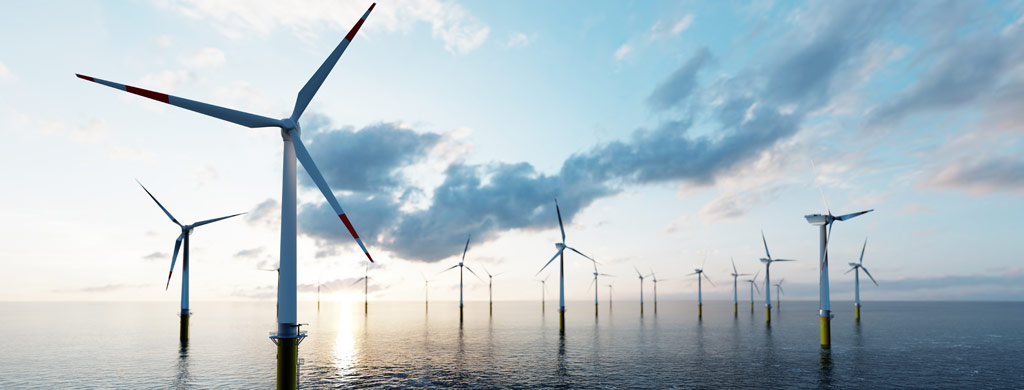Hydrogen as a low-carbon energy carrier plays an important role in achieving climate targets, decarbonizing industry and also in the issue of security of supply. To meet rising demand, hydrogen production in the EU must be ramped up.
In doing so, the European community faces complex decisions: Where should hydrogen production take place, on- or offshore? Should energy be transported by power cables or hydrogen pipelines? And what advantages does an offshore hydrogen interconnection network offer? A new study provides important answers to these questions.
The study "Specification of a European Offshore Hydrogen Backbone" commissioned by DNV from infrastructure operators GASCADE and Fluxys, highlights the significant benefits of an offshore hydrogen backbone in the North Sea and Baltic Sea. The energy generation potential of offshore wind farms on the high seas is immense and may even be beyond the capacity limits of the grid. According to the DNV study, offshore hydrogen production connected by pipeline is cheaper than onshore production.
"The EU projects a demand for climate-neutral hydrogen of 2,000 terawatt hours (TWh) by 2050, and DNV sees the potential to produce 300 TWh of hydrogen per year by 2050 using electricity generated by offshore wind farms in the North Sea. This would be a significant contribution to reducing dependence on imported energy. In view of recent events, the positive aspect in terms of supply security can hardly be overestimated," says Ulrich Benterbusch, Managing Director of GASCADE.
Due to the lower cost of hydrogen transport compared to electricity transmission and the possibility of large pipelines transporting offshore hydrogen from multiple wind farms, the report ranks offshore hydrogen production as an attractive option for offshore wind power generation, especially when located more than 100 kilometers from the mainland.

